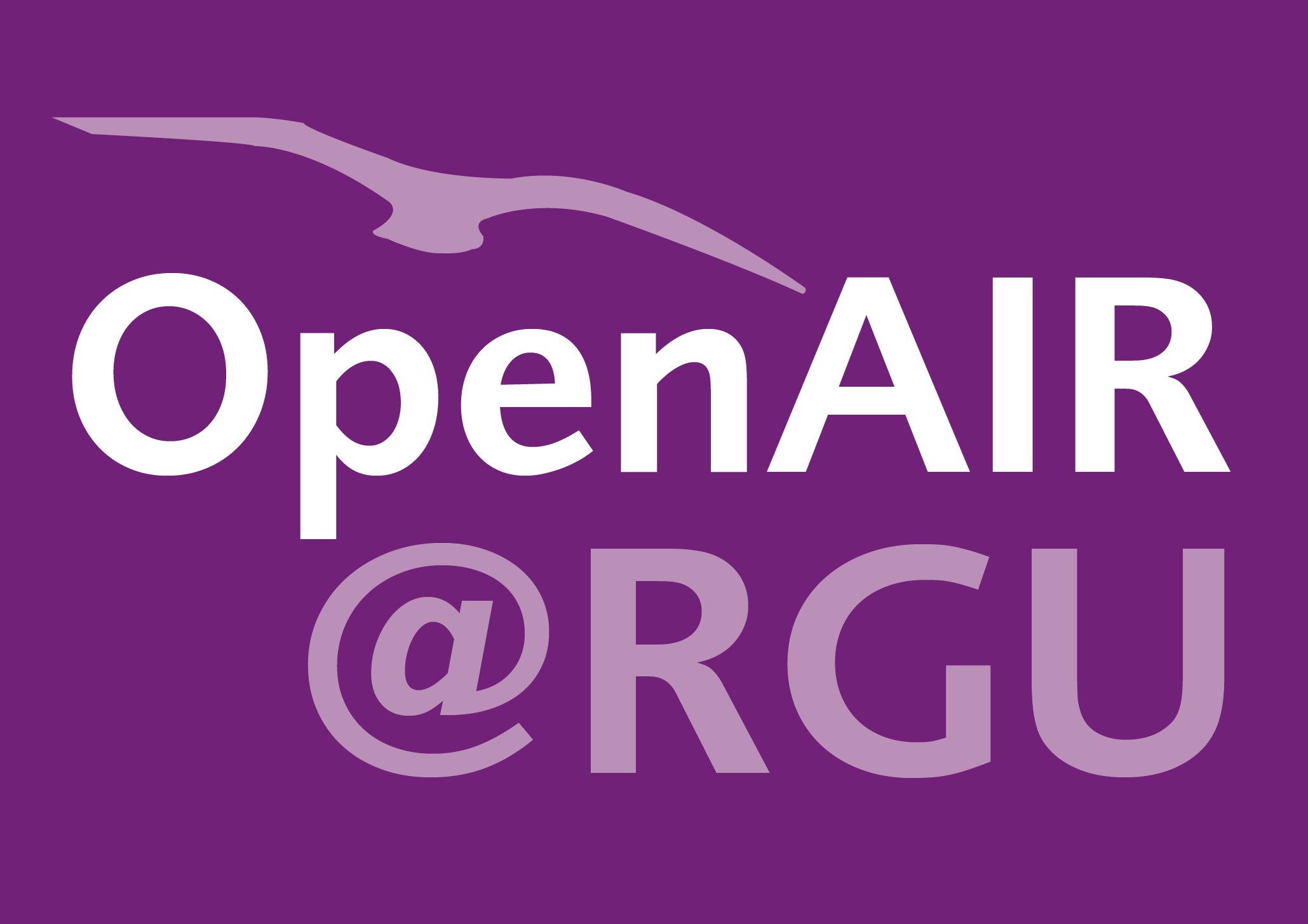Xi Cheng
Prototype-guided spatial-spectral interaction network for hyperspectral anomaly detection.
Cheng, Xi; Wang, Chenhao; Huo, Yu; Zhang, Min; Wang, Hai; Ren, Jinchang
Authors
Chenhao Wang
Yu Huo
Min Zhang
Hai Wang
Professor Jinchang Ren j.ren@rgu.ac.uk
Professor of Computing Science
Abstract
In recent years, deep learning has emerged as one of the most widely utilized techniques in hyperspectral anomaly detection (HAD) with an impressive detection accuracy. However, the investigation into the diverse background representation and the spatial-spectral interaction remains underexplored. To tackle with this, we propose a novel framework namely the prototype-guided and spatial-spectral interaction network (PSSIN) for HAD in this paper. Specifically, an adaptive anomaly mask module is utilized to mitigate the interference of the background reconstruction caused by the blending of potential anomalies. Subsequently, we design a background-guided prototype autoencoder (BP-AE) to represent the backgrounds with various land cover types, incorporating two critical components: the background prototype module (BPM) and the spatial spectral interaction block (SSIB). To characterize different typical background features by a global perspective, BPM utilizes a prototype learning strategy with a self-attention mechanism, and a multivariate ensemble loss is employed for BPM to optimize the transformation of background features and the updating of a prototype codebook. To enhance the spatial-spectral utilization of window-based approach, SSIB first introduce a spatial-spectral interaction paradigm for HAD. The window-based self-attention branch is to mine spatial features characteristics, while the depth-wise convolution branch is to extract spectral features. These two branches in a parallel configuration interact with each other's features and then perform feature fusion. SSIB architecture not only broadens the receptive fields by concurrently modeling the intra-window and cross-window relationships but also facilitates bi-directional interactions between the spatial and spectral branches. Furthermore, the comprehensive experiments conducted on six authentic datasets have fully validated its superior performance.
Citation
CHENG, X., WANG, C., HUO, Y., ZHANG, M., WANG, H. and REN, J. 2025. Prototype-guided spatial-spectral interaction network for hyperspectral anomaly detection. IEEE transactions on geoscience and remote sensing [online], 63, article number 5516517. Available from: https://doi.org/10.1109/TGRS.2025.3568121
| Journal Article Type | Article |
|---|---|
| Acceptance Date | May 8, 2025 |
| Online Publication Date | May 8, 2025 |
| Publication Date | Dec 31, 2025 |
| Deposit Date | May 16, 2025 |
| Publicly Available Date | May 16, 2025 |
| Journal | IEEE transactions on geoscience and remote sensing |
| Print ISSN | 0196-2892 |
| Electronic ISSN | 1558-0644 |
| Publisher | Institute of Electrical and Electronics Engineers (IEEE) |
| Peer Reviewed | Peer Reviewed |
| Article Number | 5516517 |
| DOI | https://doi.org/10.1109/TGRS.2025.3568121 |
| Keywords | Hyperspectral anomaly detection (HAD); Multivariate background representation; Prototype learning; Spatial-spectral interaction |
| Public URL | https://rgu-repository.worktribe.com/output/2836692 |
Files
CHENG 2025 Prototype-guided spatial-spectral (AAM)
(21.7 Mb)
PDF
Publisher Licence URL
https://creativecommons.org/licenses/by/4.0/
Copyright Statement
© 2025 IEEE. Personal use of this material is permitted. Permission from IEEE must be obtained for all other uses, in any current or future media, including reprinting/republishing this material for advertising or promotional purposes, creating new collective works, for resale or redistribution to servers or lists, or reuse of any copyrighted component of this work in other works.
You might also like
FusDreamer: label-efficient remote sensing world model for multimodal data classification.
(2025)
Journal Article
MDDNet: multilevel difference-enhanced denoise network for unsupervised change detection in SAR images.
(2025)
Presentation / Conference Contribution
Downloadable Citations
About OpenAIR@RGU
Administrator e-mail: publications@rgu.ac.uk
This application uses the following open-source libraries:
SheetJS Community Edition
Apache License Version 2.0 (http://www.apache.org/licenses/)
PDF.js
Apache License Version 2.0 (http://www.apache.org/licenses/)
Font Awesome
SIL OFL 1.1 (http://scripts.sil.org/OFL)
MIT License (http://opensource.org/licenses/mit-license.html)
CC BY 3.0 ( http://creativecommons.org/licenses/by/3.0/)
Powered by Worktribe © 2025
Advanced Search
